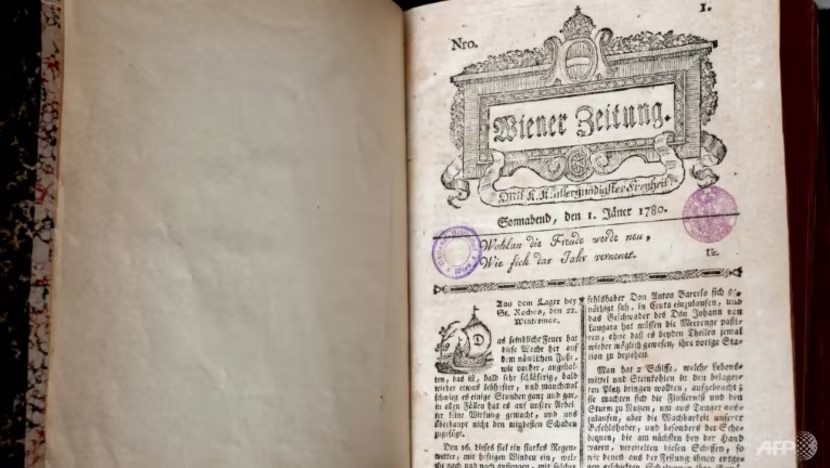The move marks the final step in a years-long dispute between the Austrian government and the newspaper over the future of the state-owned daily.

Wiener Zeitung was ranked in 2004 as one of the oldest newspapers still in circulation. Photo: AFP
Founded in 1703 as the Wienerisches Diarium, and later renamed the Wiener Zeitung in 1780, the formerly private biweekly newspaper was nationalized by Emperor Franz Joseph I of Austria in 1857, becoming the country's official gazette.
“It passed with a majority,” said Norbert Hofer, the third speaker of the Austrian parliament , after the decision to stop printing. Although the daily edition will no longer be printed, the paper will maintain a minimum of ten print editions per year, depending on available funds.
Wiener Zeitung was ranked in 2004 as one of the oldest newspapers still in circulation, according to the World Association of News Publishers.
The paper's role as an official gazette will be transferred to a separate state-owned online platform. The Wiener Zeitung headquarters will house a media center, a content agency and a training center for journalists.
“Some are concerned that the government just wants to keep the Wiener Zeitung brand with its 320-year history, while no one knows what the publication will be like in the future – whether it will still be serious journalism,” said deputy editor-in-chief Mathias Ziegler.
Nearly half of the paper's more than 200 staff - 40 of them journalists - could be laid off, according to the paper's union. Wiener Zeitung has a circulation of about 20,000 on weekdays and double that on weekends.
EU Commission Vice President Vera Jourova told Austria's APA news agency that she was "not happy with the situation. I think Wiener Zeitung has played a good role in informing people over the years".
Hundreds of people took to the streets of Vienna on Tuesday to protest the suspension of the weekly newspaper.
Mai Anh (according to AFP, CNA)
Source






























































































![[OCOP REVIEW] Tu Duyen Syrup - The essence of herbs from the mountains and forests of Nhu Thanh](https://vphoto.vietnam.vn/thumb/402x226/vietnam/resource/IMAGE/2025/6/5/58ca32fce4ec44039e444fbfae7e75ec)







Comment (0)